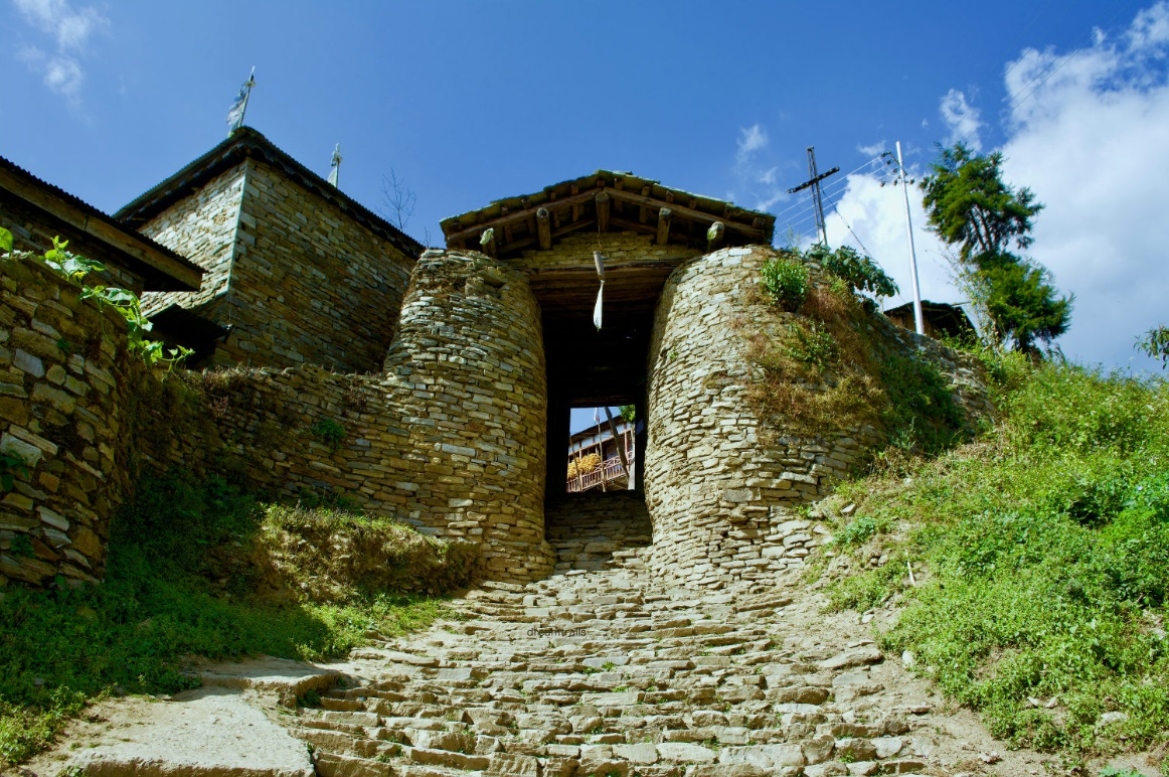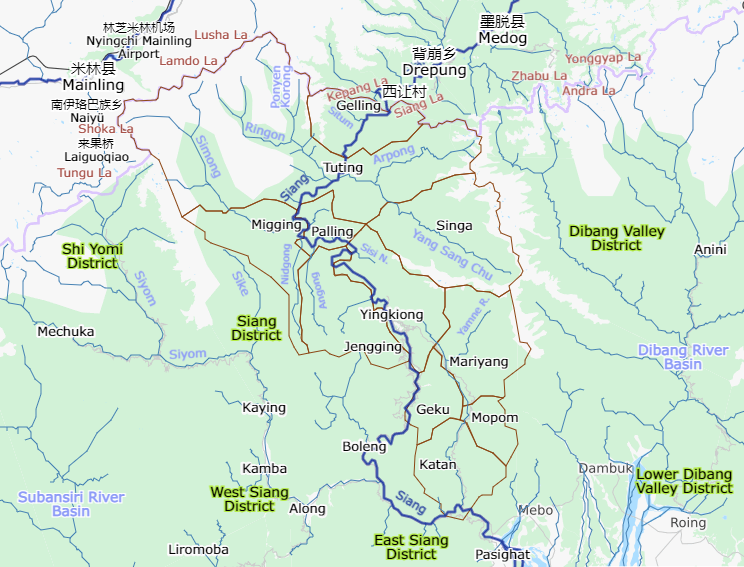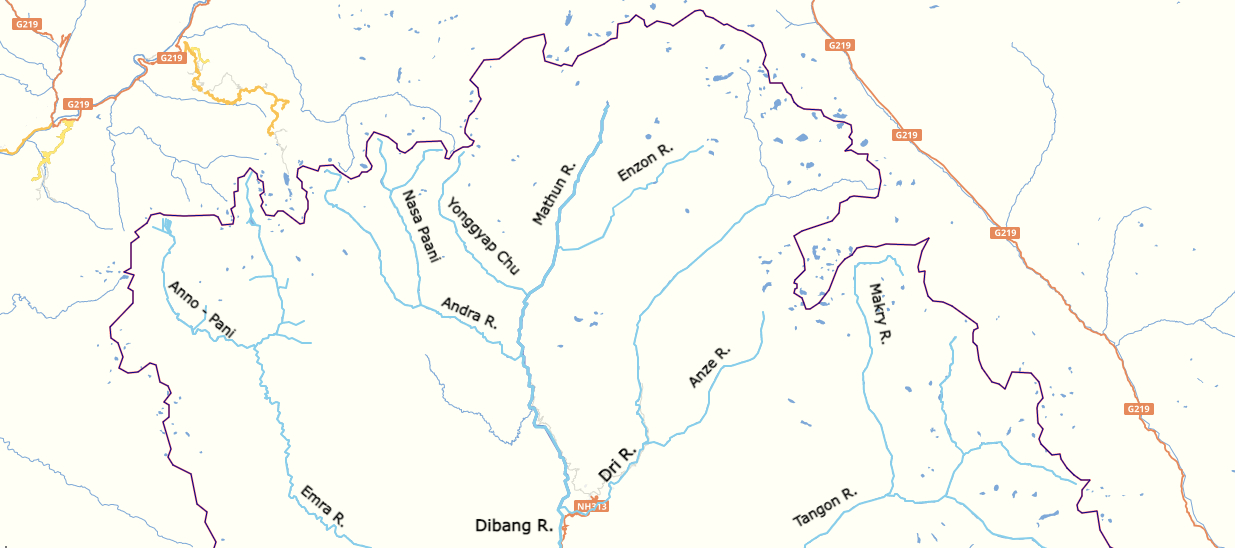|
Caliphaea Sinuofurcata
''Caliphaea sinuofurcata'' is a species of damselfly found in Arunchal Pradesh in India. It was found in the Siang Valley and Hunli in the lower Dibang valleys in Arunachal. The paraproct shape and genitalia helps to differentiate it from the other species of damselflies in the Caliphaea genus. Etymology The species was named by joining the latin words of ''sinus'' referring to its curved paraproct and ''furcata'' referring to its split tail appendages. References Calopterygidae Calopterygoidea stubs {{Calopterygoidea-stub ... [...More Info...] [...Related Items...] OR: [Wikipedia] [Google] [Baidu] |
Arunachal Pradesh
Arunachal Pradesh (; ) is a States and union territories of India, state in northeast India. It was formed from the North-East Frontier Agency (NEFA) region, and India declared it as a state on 20 February 1987. Itanagar is its capital and largest town. It borders the Indian states of Assam and Nagaland to the south. It shares Borders of India, international borders with Bhutan in the west, Myanmar in the east, and a disputed 1,129 km border with China's Tibet Autonomous Region in the north at the McMahon Line. Arunachal Pradesh is claimed in its entirety by China as South Tibet as part of the Tibet Autonomous Region; China Sino-Indian War, occupied some regions of Arunachal Pradesh in 1962 but later withdrew its forces. As of the 2011 Census of India, Arunachal Pradesh has a population of 1,383,727 and an area of . With only 17 inhabitants per square kilometre, it is the least densely populated state of India. It is an ethnically diverse state, with predominantly Monpa p ... [...More Info...] [...Related Items...] OR: [Wikipedia] [Google] [Baidu] |
Upper Siang District
Upper Siang (Pron:/ˈsjæŋ or ˈsɪæŋ/) is an administrative district in the state of Arunachal Pradesh in India. It is the fourth least populous district in the country (out of 640). History The majority of the people are of the Adi tribe while the Memba, Khamba tribe also exists there. Part of the area was controlled by the Tibetan Kingdom of Powo when streams of Tibetan pilgrims searching for one of the 'hidden lands' or beyul () referred to in the prophecies of Guru Rinpoche in the East Himalayas from the mid-seventeenth century came south over the Doshong La pass, to seek the particular location of one of these earthly paradises called Padma bkod (written variously Pema köd, Pemakö and Pemako), literally 'Lotus Array' in the region. The region became administered by British India with the Simla Accord of 1914 and the demarcation of the McMahon Line, though China considers it part of South Tibet. The district was formed in 1999 when it was split from East Siang ... [...More Info...] [...Related Items...] OR: [Wikipedia] [Google] [Baidu] |
Hunli
Hunli is a town and head office of ''Hunli- Desali'' Tehsil of Lower Dibang Valley district in the north-eastern state of Arunachal Pradesh, India. Facilities It is a Tehsil headquarter with a school. Location It is located on the proposed Mago-Thingbu to Vijaynagar Arunachal Pradesh Frontier Highway along the McMahon Line, alignment map of which can be seehereanhere Media Hunli has an All India Radio Relay station known as Akashvani Hunli. It broadcasts on FM frequencies. See also * North-East Frontier Agency * List of people from Arunachal Pradesh * Religion in Arunachal Pradesh * Cuisine of Arunachal Pradesh * List of institutions of higher education in Arunachal Pradesh References {{Geographic location , Centre = Arunachal Pradesh , North = {{flagicon, PRC Tibet Autonomous Region, China , Northeast = , East = {{flagicon, Burma Kachin State, Burma , Southeast = {{flagicon, Burma Sagaing Region, Burma , South = Nagaland , Southwest ... [...More Info...] [...Related Items...] OR: [Wikipedia] [Google] [Baidu] |
Dibang Valley District
Dibang Valley ( ) is a district of the Indian state of Arunachal Pradesh named after the Dibang River or the Talon as the Mishmis call it. It is the least populated district in India and has an area of . History In June 1980, Dibang Valley district was created out of part of Lohit district. On 16 December 2001, Dibang Valley district was bifurcated into Dibang Valley district and Lower Dibang Valley district. Geography The Dibang River originates in the mountains of Arunachal Pradesh and flows through the length of the valley which is named after it. The Dibang has multiple tributaries and only once it debouches into the plains is it called by its name. Some of the major rivers of Dibang Valley District are: Ahui, Emra, Mathun, Dri, Tangon, Ithun, and Ange. The capital of this district, Anini, is the northernmost district capital in Northeast India. This district contains the northernmost point of Northeast India. Transport The proposed Mago- Thingbu to Vijaynagar A ... [...More Info...] [...Related Items...] OR: [Wikipedia] [Google] [Baidu] |
Insect Morphology
Insect morphology is the study and description of the morphology (biology), physical form of insects. The terminology used to describe insects is similar to that used for other arthropods due to their shared evolutionary history. Three physical features separate insects from other arthropods: they have a body divided into three regions (called tagmata) (head, thorax, and abdomen), three pairs of legs, and mouthparts located ''outside'' of the #Head, head capsule. This position of the mouthparts divides them from their closest relatives, the non-insect Hexapoda, hexapods, which include Protura, Diplura, and Collembola. There is enormous variation in body structure amongst insect species. Individuals can range from 0.3 mm (fairyfly, fairyflies) to 30 cm across (Thysania agrippina, great owlet moth); have no eyes or many; well-developed wings or none; and legs modified for running, jumping, swimming, or even digging. These modifications allow insects to occupy almost every ... [...More Info...] [...Related Items...] OR: [Wikipedia] [Google] [Baidu] |
Calopterygidae
Calopterygidae is a Family (biology), family of damselfly, damselflies, in the suborder Zygoptera. They are commonly known as the broad-winged damselflies, demoiselles, or jewelwings. These rather large damselflies have wingspans of 50–80 mm (compared to about 44 mm in the common bluetail damselfly, ''Ischnura elegans''), are often metallic-coloured, and can be differentiated from other damselflies by the broader connection between the wings and the body, as opposed to the abrupt narrowing seen in other damselfly families. The family contains some 150 species. The Calopterygidae are found on every continent except Antarctica. They live along rivers and streams.Córdoba-Aguilar, A. & Cordero-Rivera, A. (2005)Evolution and ecology of Calopterygidae (Zygoptera: Odonata): status of knowledge and research perspectives.''Neotrop. Entomol'' 34(6), 861-879. Etymology The name is derived from Greek ''kalos'' meaning beautiful and ''ptery'' meaning winged. Characteristics The ... [...More Info...] [...Related Items...] OR: [Wikipedia] [Google] [Baidu] |


